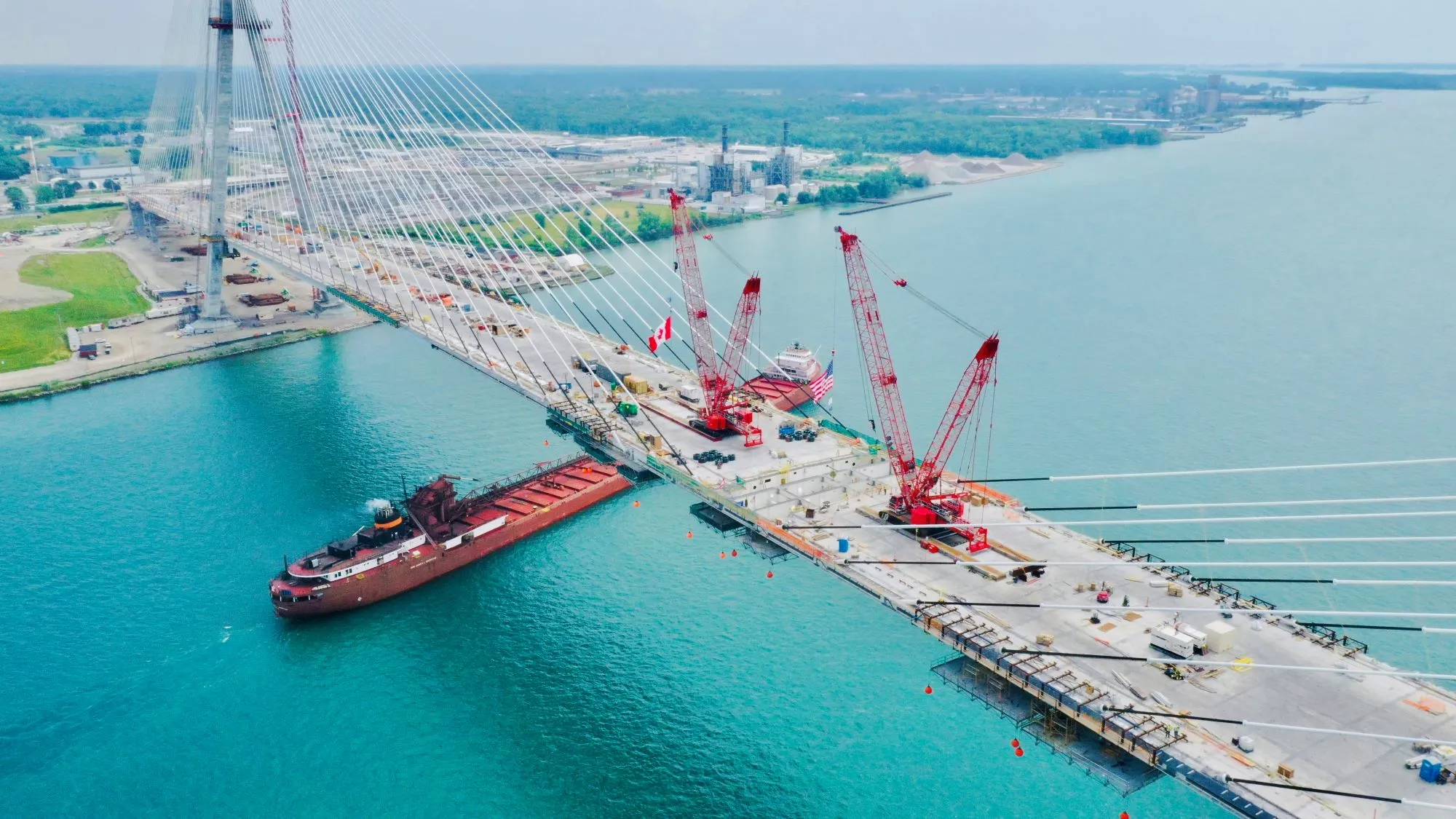Authorities in Vietnam’s southern Ho Chi Minh City are seeking prime ministerial approval for the nearly 2.2km-long Thu Thiêm Bridge 4 project. The six-lane bridge will cost more than US$230 million and be a build-transfer contract, according to a report in the Vietnam Investment Review. In September, Ho Chi Minh’s City’s People’s Committee said it is considering three investors for the work - Phát Đạt Corporation Real Estate Development, Investment Corporation 620 and 168 Construction Development Investmen
April 18, 2017
Read time: 2 mins
Authorities in Vietnam’s southern Ho Chi Minh City are seeking prime ministerial approval for the nearly 2.2km-long Thu Thiêm Bridge 4 project.
The six-lane bridge will cost more than US$230 million and be a build-transfer contract, according to a report in the Vietnam Investment Review.
In September, Ho Chi Minh’s City’s People’s Committee said it is considering three investors for the work - Phát Đạt Corporation Real Estate Development, Investment Corporation 620 and 168 Construction Development Investment JSC.
The 705m bridge connecting the city’s districts 2 and 7 is expected to have a vertical clearance of 45m above the Saigon River, similar to that of the cable-stayed Phú Mỹ Bridge, opened after two years of construction in 2009.
The six-lane Phu My Bridge was built by a consortium consisting of Baulderstone, Bilfinger Berger,1388 Freyssinet International and the Vietnamese concrete and formwork company CC620. The bridge designer was the French consultant Arcadis and approach road designer was Cardno. Project manager was 1397 AECOM. The main span is 380m long and the bridge has a 27m-wide main span deck.
While the city is not located on the coast, bridges must still be high enough to allow passage of large ships navigating inland along the Saigon River, making bridges costly, the Ministry of Transport reportedly said.
The new bridge is part of a larger plan to make transport and shipping more efficient in Vietnams largest city by population and the country’s economic capital. Between 2020-2030, 11 ports and piers handling ships up to 30,000tonnes on the Saigòn River will be relocated. New road layouts will be constructed for the piers.
More than 10 million live in Ho Chi Minh’s metropolitan area.
The six-lane bridge will cost more than US$230 million and be a build-transfer contract, according to a report in the Vietnam Investment Review.
In September, Ho Chi Minh’s City’s People’s Committee said it is considering three investors for the work - Phát Đạt Corporation Real Estate Development, Investment Corporation 620 and 168 Construction Development Investment JSC.
The 705m bridge connecting the city’s districts 2 and 7 is expected to have a vertical clearance of 45m above the Saigon River, similar to that of the cable-stayed Phú Mỹ Bridge, opened after two years of construction in 2009.
The six-lane Phu My Bridge was built by a consortium consisting of Baulderstone, Bilfinger Berger,
While the city is not located on the coast, bridges must still be high enough to allow passage of large ships navigating inland along the Saigon River, making bridges costly, the Ministry of Transport reportedly said.
The new bridge is part of a larger plan to make transport and shipping more efficient in Vietnams largest city by population and the country’s economic capital. Between 2020-2030, 11 ports and piers handling ships up to 30,000tonnes on the Saigòn River will be relocated. New road layouts will be constructed for the piers.
More than 10 million live in Ho Chi Minh’s metropolitan area.







